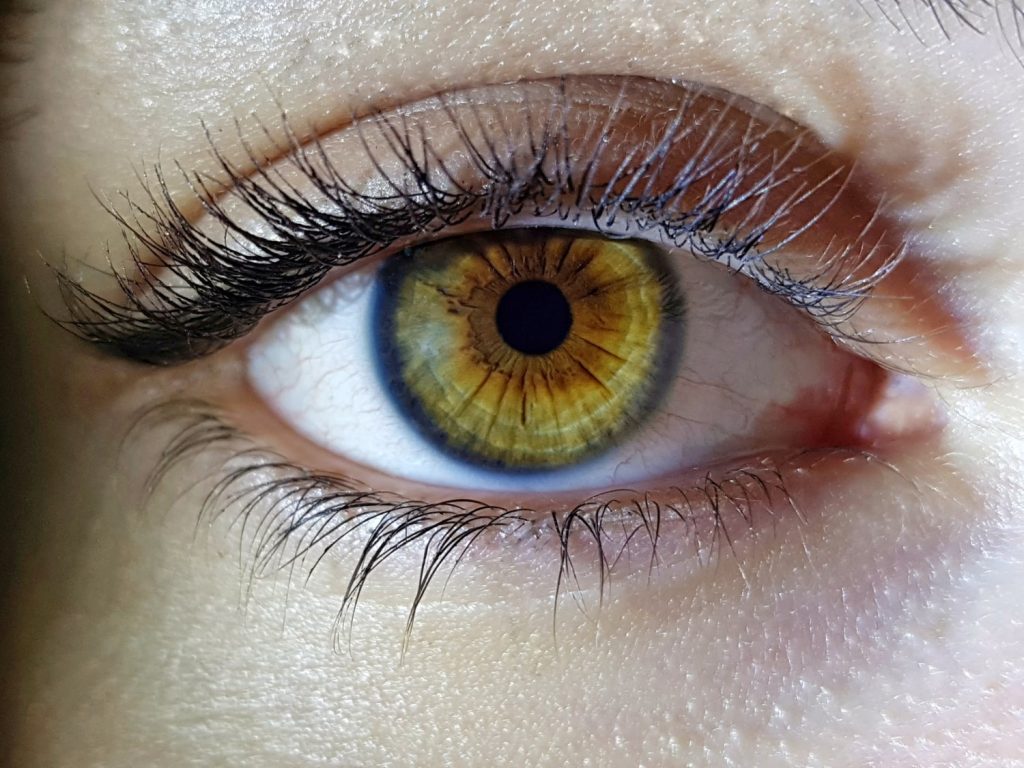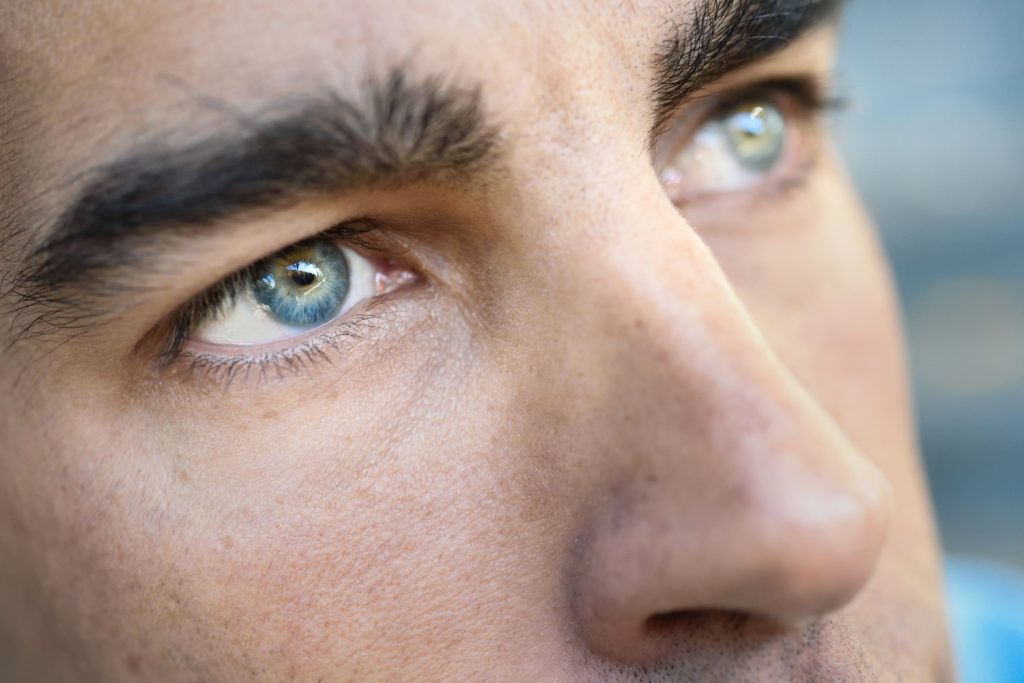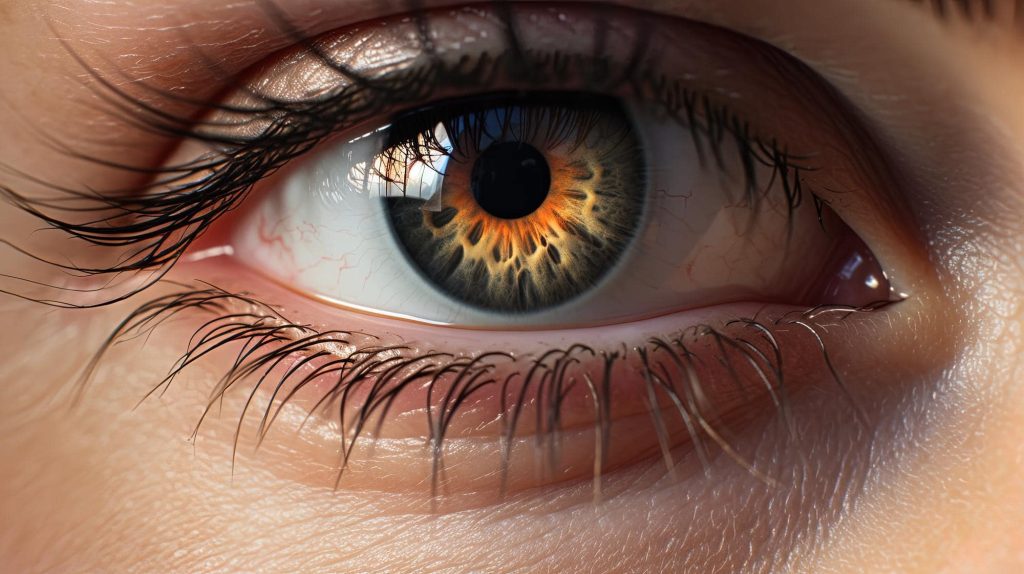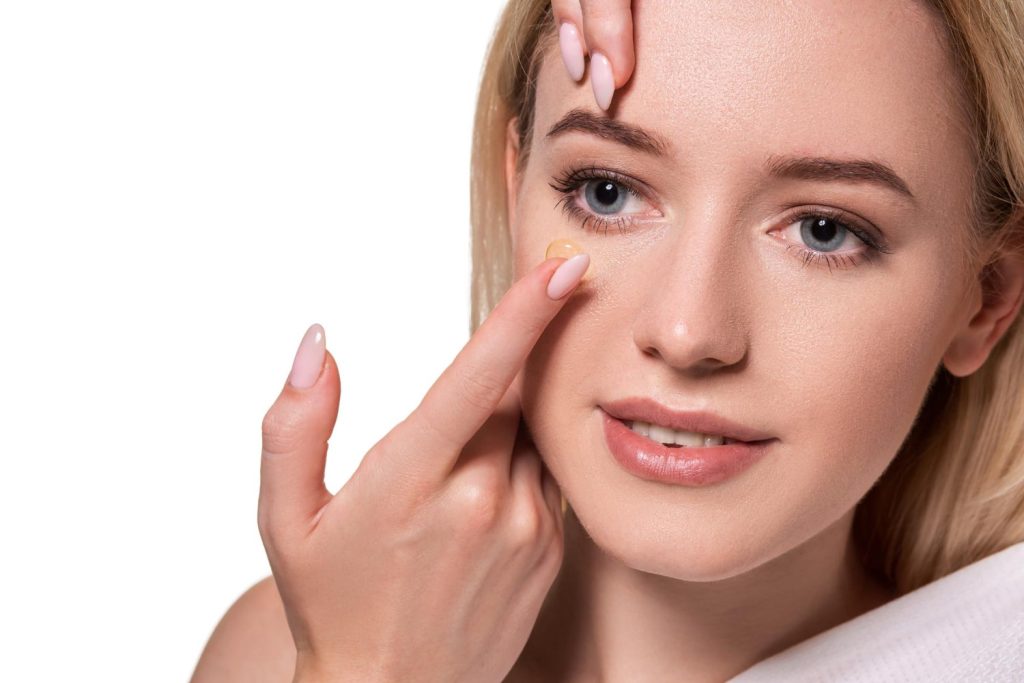
טיפות דמעות – מה זה ולמה משתמשים בהן?
טיפות דמעות הן תמיסות רפואיות או קוסמטיות שמטרתן להקל על
A popping eye is a phenomenon that many of us have experienced, it can range from a mild annoyance to an alarmingly persistent disturbance. Maybe you've felt that strange flutter above or below your eye and wonder if it's a sign of something more concerning or just the result of one too many cups of coffee. This article delves into the world of eyelid spasm (a popping eye), helping readers understand its causes, potential treatments, and when it might be time to see an eye doctor.

A popping eye, medically known as "myokymia," is an involuntary, often repetitive, twitching of the eyelid muscles. Usually, these spasms are benign and transient, affecting the lower eyelid of one eye, although they can involve the upper eyelid or both eyes.
There are two main forms of blepharospasm to be aware of:
Myokymia : This is the most common form that many of us experience. It is benign and often goes unnoticed by others, feeling like a gentle pull or flutter in the eyelid. Usually, it lasts a few minutes to a few hours, but in rare cases, it can last for days.
Hemifacial spasm: A less common but more prominent form, hemifacial spasm involves spasms of one entire side of the face, including the eyelid. Unlike myokymia, which is usually benign, hemifacial spasm may require medical treatment.
While blepharitis is usually harmless, understanding its root causes and distinguishing between its forms is key to managing and preventing them.
While the exact cause of eyelid twitching can be elusive, several factors have been identified as common or contributing factors. Some are daily habits or environmental factors, making them easier to control or treat.
Fatigue : One of the main culprits behind a popping eye is simple exhaustion. Our body sends different signals when it is overworked or without enough rest. Eyelid twitching can be a gentle reminder that it's time to catch up on sleep. Effects of lack of sleep on muscles: Lack of restful sleep can cause muscle fatigue, making them more prone to involuntary spasms. The delicate muscles of the eyelids are no exception.
Stress : The stresses of life can manifest in countless ways in our body, and one such is a popping eye. The body's response to chronic stress: Continuous stress may lead to various physiological reactions, including muscle tension and spasms. When stress is repeated, it may cause persistent convulsions until the stressor is treated.
Eye strain : The digital age has tied us to screens more than ever. Prolonged periods of staring at computers, smartphones or televisions can lead to eye fatigue, and subsequently to convulsions. Modern life and screen time: As screen time increases, so does the strain on our eyes. This tension can cause the muscles around the eyes to become overstretched, leading to a popping eye.
Caffeine : For many, the day does not start without a cup of coffee. However, excess caffeine can trigger muscle spasms, including in the eyelids. How it can trigger muscle spasms: Caffeine stimulates the nervous system. In some people, this heightened state can lead to sporadic muscle spasms.
Nutritional imbalance : Our muscles rely on different minerals and electrolytes for proper function. Deficiencies, especially in magnesium or potassium, can lead to muscle spasms. Nutrients are important for muscle function: a balanced intake of calcium, magnesium and potassium ensures smooth muscle function and may help prevent spasms.

While many cases of eyelid twitching are benign, there are situations where it may be a sign of a more significant underlying problem.
Blepharospasm : This condition is characterized by involuntary and often forceful closing of the eyelids. Unlike the gentle fluttering of myokymia, blepharospasm can interfere with daily activities. Definition and characteristics: This is a neurological condition in which abnormal signals are sent to the muscles of the eyelids, causing them to contract involuntarily.
Neurological conditions : Certain disorders of the nervous system, such as multiple sclerosis or Bell's palsy, can manifest as muscle spasms, including in the eyelids. Regular monitoring and consultation with a specialist are essential when the convulsions are accompanied by other neurological symptoms.
Other eye conditions : problems such as dry eyes or conjunctivitis may irritate the eye, leading to reflexive twitching of the eyelids and a popping eye. Treating the initial eye condition often relieves the spasms.
Diagnosis and when to see a doctor
Most cases of eyelid twitching are short-lived and harmless. However, understanding when a simple spasm is a sign of something more serious can be essential.
Distinguishing between harmless and serious spasms : While an occasional spasm is usually benign, if you experience persistent spasms, especially when accompanied by other symptoms such as difficulty opening the eye, it's worth noting.
Signs that require medical attention : If the spasms do not go away after a week, if they affect other parts of your face, if the eyelid closes completely with each spasm or there is redness, swelling or discharge from the eye, it is essential to see an ophthalmologist as soon as possible.
Typical diagnostic procedures : A doctor will usually begin by reviewing the medical history and performing a physical examination. If dangerous conditions are suspected, they may recommend blood tests, MRI or refer you to a neurologist or ophthalmologist.

Eyelid spasms usually go away on their own, but if they are bothersome, there are measures that can be taken to alleviate it.
Reducing caffeine intake : If you suspect caffeine may be the culprit, try cutting back and track any changes.
Eye relaxation techniques : Every 20 minutes, take a 20-second break to look at something 20 meters away – known as the 20-20-20 rule. This can help reduce eye strain from screens.
Warm compress : placing a warm cloth on the eyes can help relax the muscles and reduce spasms.
Medications : Some doctors prescribe medications that can help relieve symptoms, especially for conditions like blepharospasm.
Botox injections : For persistent eyelid spasms, Botox can be an effective treatment as it temporarily paralyzes the muscles that cause the spasms.
Stress reduction techniques : Activities such as yoga, meditation or deep breathing exercises can help manage stress levels.
Adjusting screen time habits : taking regular breaks, ensuring the screen is at eye level and reducing glare can prevent eye strain.
Diet adjustments : Ensuring a balanced intake of essential minerals can help. Consider adding foods rich in magnesium, potassium and calcium to your diet.
Being proactive in preventing a popping eye can save you potential annoyance or discomfort.
Steps to reduce the likelihood of eyelid twitching:
Good sleep : prioritize getting 7-9 hours of quality sleep, which is not only beneficial for the health of your eyes but also for general well-being.
Caffeine Limitation : Try to reduce or spread out your caffeine intake throughout the day if you believe it may cause seizures.
Screen breaks : If your work involves screens, taking regular breaks and practicing the 20-20-20 rule can be helpful.
Eye protection : Use sunglasses to protect your eyes from UV rays if necessary, consider anti-glare glasses for computer work.
Balanced diet : Make sure you consume a nutrient-dense diet that provides all the essential vitamins and minerals.
Importance of regular eye exams : Annual eye exams are not only related to updating prescriptions. They can catch early signs of conditions that may cause a popping eye, ensuring that you treat them proactively and in a timely manner.

With a common phenomenon like eyelid twitching, myths and grandmother's stories arise. Let's rule out some of them.
"Eyelid twitching is a bad sign" : In some cultures, there is a belief that eyelid twitching predicts future events, whether they are good or bad. In reality, this is purely a physiological occurrence and not related to superstitions.
"Only caffeine causes eyelid twitching" : While caffeine can be a trigger for some, it is not the only cause. As we discussed, factors such as stress, fatigue and nutritional imbalance also play a significant role.
"Eyelid twitching means you'll have pink eye" : twitching and conjunctivitis (or pink eye) are completely separate. Although they may occasionally appear together if the eye is irritated, one does not predict or cause the other.
"It's always benign, and no medical advice is needed" : While most cases of eyelid spasm are harmless, persistent spasms or other accompanying symptoms may require medical attention. It is essential to differentiate and consult a professional if you are concerned.
A popping eye, although often benign and transient, serves as a subtle reminder of our body's complex signaling system. Whether it indicates the need for extra rest, signals an over-indulgence of caffeine, or indicates fatigue during prolonged use of the screen, or dry eyes, it is essential to pay attention to these small alerts. They not only help us understand our immediate needs but also shed light on our lifestyle habits that may require some adjustments.
However, as with many health phenomena, it is equally important not to jump to conclusions based solely on myths or superstitions. While most eyelid spasms may not require medical attention, persistent or severe symptoms should never be ignored. Regular eye exams with a specialist eye doctor, a balanced diet and taking breaks, especially in our digital world, can play a crucial role in preventing a popping eye.

טיפות דמעות הן תמיסות רפואיות או קוסמטיות שמטרתן להקל על

ויטמין C הוא אחד הוויטמינים החיוניים ביותר לבריאות העיניים, הודות

מרכז מומחים לאבחון וטיפול מתקדם בתסמונת העין היבשה ומחלות פני שטח העין















